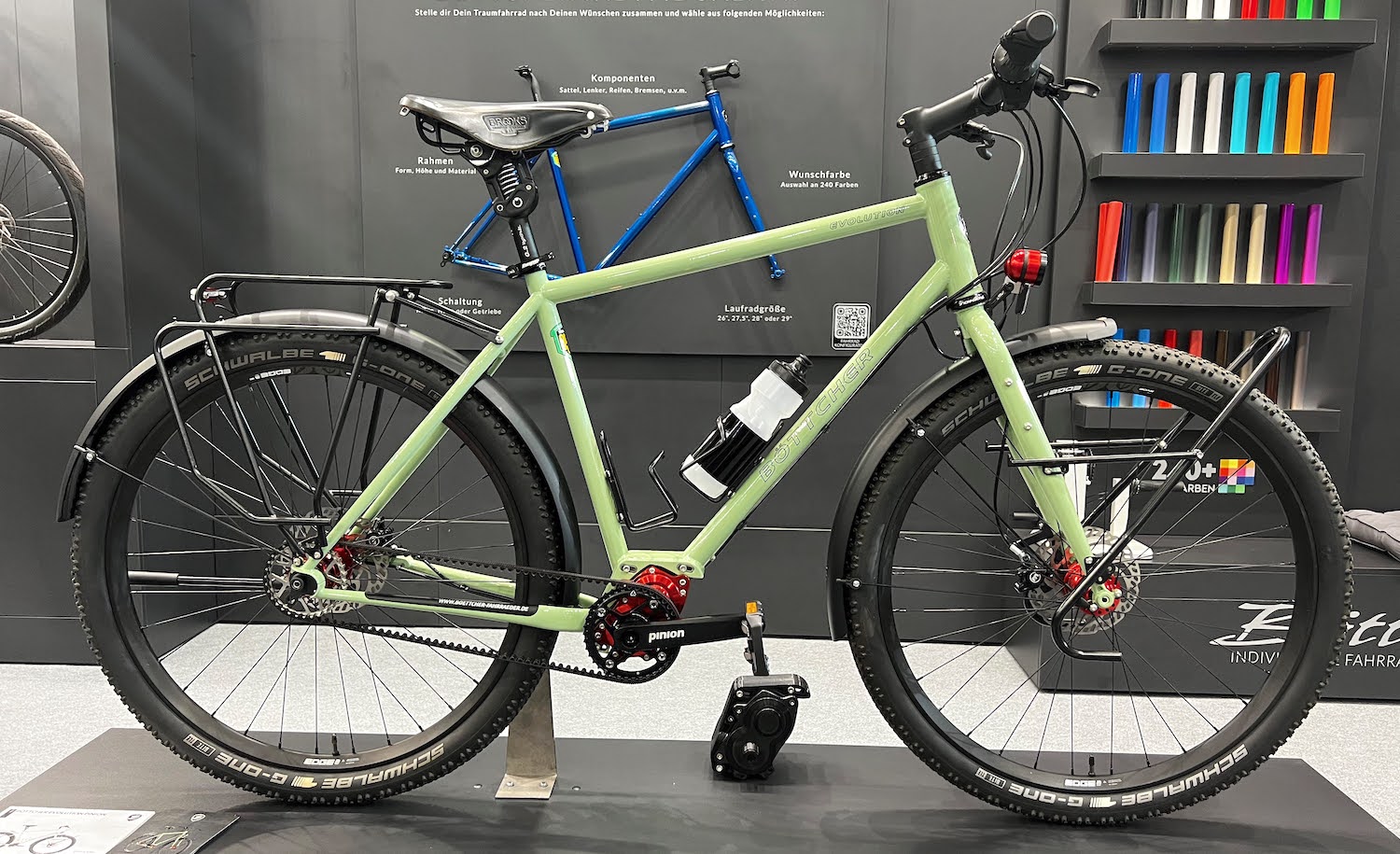Table of Contents
- 1. The Wide Adoption of Stack/Reach Sizing
- 2. 20% Less Traditional Touring Bikes
- 3. 40% More Off-Road Touring Bikes
- 4. 60% More Light Touring Bikes
- 5. Carbon Touring Bikes
- 6. Clearance For Wider Tyres Across All Touring Categories
- 7. More ‘Reach’ For Off-Road Touring Bikes
- 8. Slower Steering Speeds For Off-Road Touring Bikes
- 9. Faster Steering Speeds For Light Touring Bikes
- 10. Reduced Gear Range
- Summary
One of the coolest things about putting together the Touring Bicycle Buyer’s Guide each year is that I get to monitor huge amounts of touring bike data from 130+ different models. This allows me to understand trends and analyze how touring, adventure and bikepacking bikes are evolving over time. I normally keep this information to myself, but this year I’ll be sharing some of the biggest trends in touring bikes from my massive data set.
The Touring Bicycle Buyer’s Guide is updated yearly with all the latest bikes and information. If you haven’t got yourself a copy of the 2019 edition yet, you can find it HERE.
1. The Wide Adoption of Stack/Reach Sizing
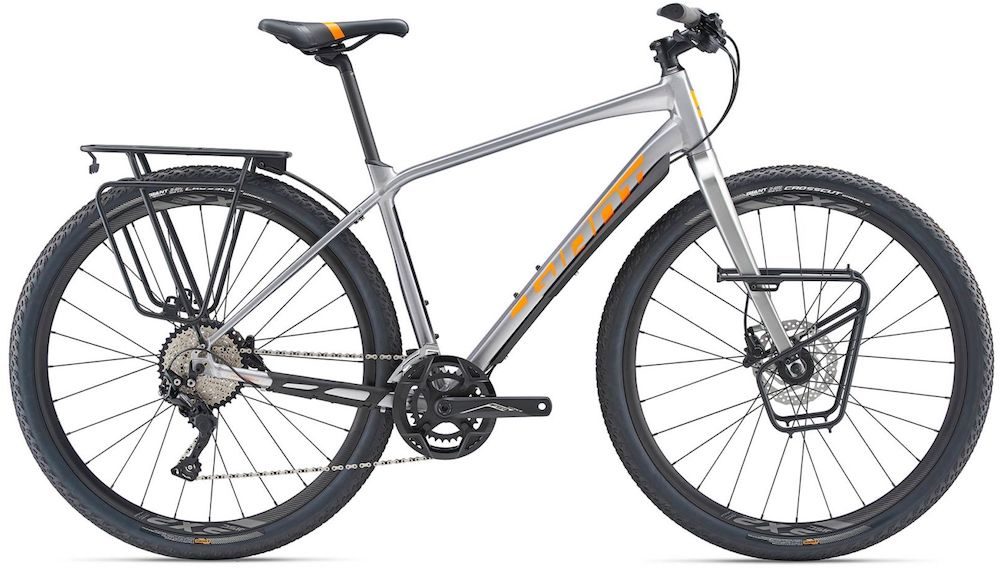
If you haven’t heard of ‘stack’ and ‘reach’, they’re the best measurements we have for comparing bike sizes. These two measurements alone provide ample information about how high, and far forward the handlebars will sit on a bike (provided you maintain the same stem length and seat distance behind the bottom bracket).
Touring bike framesets that use the stack/reach sizing system get proportionately longer and taller as you go up through the sizes. It’s immediately apparent when framesets have been designed around effective top tube lengths as the ‘reach’ often jumps between being longer and shorter through the size range.
In the Touring Bicycle Buyer’s Guide, you can compare the stack and reach information for every touring bike. This is super handy when comparing, say, a size medium bike in one brand to a size 54cm bike in another. You’ll also quickly realise that a 54cm from one brand is often closer to a 56cm bike (or 52cm bike) in another.
Another great way to use stack and reach is by test riding a bike with certain measurements and accurately comparing that bike’s sizing to something you can’t find in-store. Knowing this information gives you great confidence, in fact, I only knew to size down my Koga WorldTraveller-S from my usual size (63cm to 60cm) by understanding what stack and reach dimensions best suited my preferred riding position.
You can read a bit more about stack/reach HERE and how the Giant Toughroad isn’t sized this way HERE.
2. 20% Less Traditional Touring Bikes

The traditional touring bike is a dying breed. I’ve been documenting touring bikes since 2012 and have never seen so many disappear from the market in a single year. Why could this be? One would assume they’re not selling as well as previously…
This is likely because touring bikes have become more specialized in the last couple of years. Off-road and light touring bikes (aka gravel, adventure, allroad, bikepacking) made up the minority of options not long ago, but in the last two years, these two categories have overwhelmingly become the majority.
3. 40% More Off-Road Touring Bikes

A few years ago there was only a handful of off-road touring bikes available, but thanks to the interest in off-road adventures (bikepacking in particular), we now have ample bikes to choose between.
The key characteristics of an off-road tourer include clearance for wider tyres, wider handlebars and lower gear ratios. These characteristics work out great for general purpose touring too – fit some fenders and some fat slicks and you’ve got a bike that’s more capable, yet just as fast rolling as a traditional tourer. Modern touring slicks like the Schwalbe Marathon Almotion roll incredibly well, even in the 2.15″ size.
4. 60% More Light Touring Bikes

As gravel, bikepacking and adventure riding becomes more popular, there has been a huge boom in light touring bikes – I’ve had to add 60% more to the 2019 Touring Bicycle Buyer’s Guide! This shouldn’t come as too much of a surprise as there are now over 100 bikepacking bag manufacturers, endless gravel-focussed events and dozens of unsupported ultra-endurance bike races.
Light touring bikes are all between 8-13kg (17-28lbs) and are designed to support lighter loads. They make excellent multi-purpose bikes as they’re often fast enough to sit in a road bunch, but also strong enough to cover your commuting and weekend adventures.
5. Carbon Touring Bikes

The year of the carbon touring bike is upon us! I’m aware of 45 different models that have eyelets for front and rear racks. You might be put off by carbon given its colourful history, but it’s actually quite a mature technology after a couple of decades in bike manufacturing.
I recently wrote all about carbon touring bikes, you can find out all about this space-age material HERE.
6. Clearance For Wider Tyres Across All Touring Categories
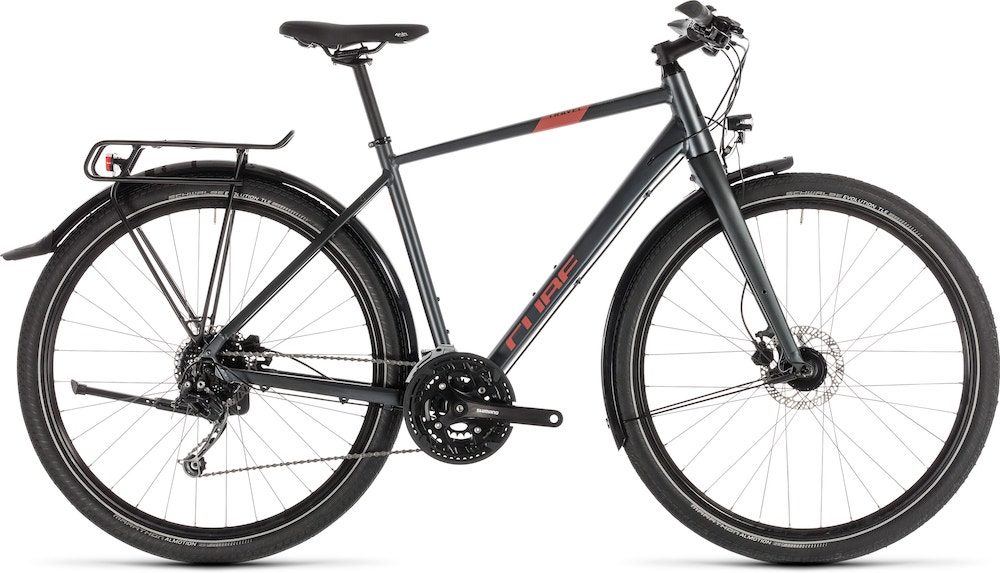
Great news – almost every new touring bike has more tyre clearance than ever before. This is particularly exciting as wider tyres are more comfortable, more capable and you may even be surprised to find they roll almost as fast (in some cases they’re even faster).
The biggest change in tyre clearance is found in the off-road touring category (flatbar) where 3.0″ clearance is now commonplace. Even light touring bikes that will likely spend their lives on the pavement average 45mm (1.8″) clearance.
7. More ‘Reach’ For Off-Road Touring Bikes
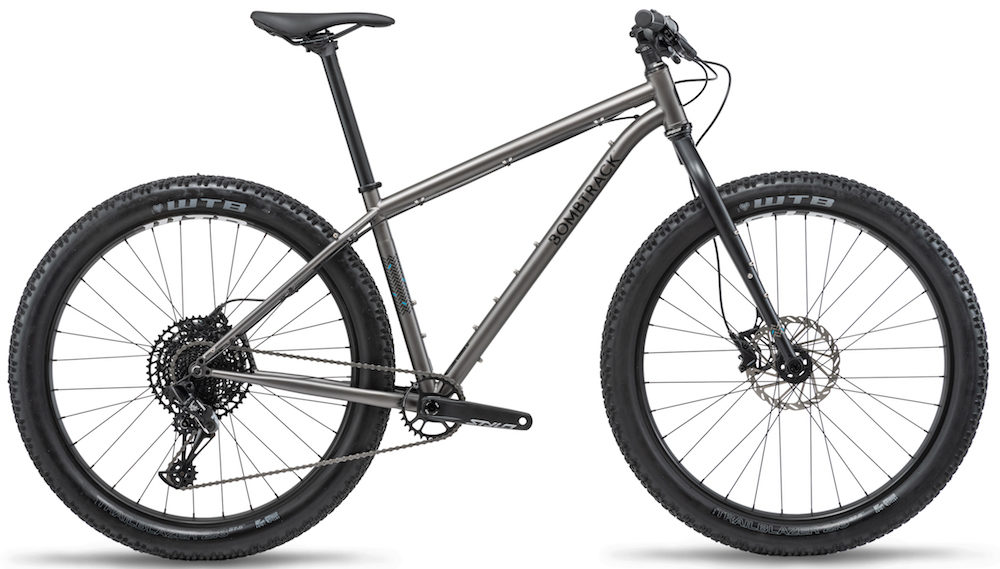
Over the past few years, there has been a move towards slacker head tube angles, longer top tube lengths and shorter stems on mountain bikes. This has made mountain bikes more stable to ride in rougher terrain. We’re now seeing this same trend replicated on off-road touring bikes (flatbar), which is a great thing for those focussing on trails.
8. Slower Steering Speeds For Off-Road Touring Bikes

Off-road touring framesets also have a slower steering speed than previously thanks to their slacker head tube angle and wider tyres. However, the slower steering speeds are actually offset with shorter stem lengths (given the longer ‘reach’ of these bikes) that make a bike steer faster. With the stem factored in, there’s a very minimal steering difference between newer/older off-road tourers, provided you use the same handlebar width.
You can read in detail about bicycle frame geometry HERE.
9. Faster Steering Speeds For Light Touring Bikes

In the gravel-adventure-bikepacking category, we’re seeing a move towards faster steering speeds. This is the direct result of trying to make bikes that excel in all areas. By increasing the steering speed, a light touring bike feels more nimble but at the same time a little less stable. Given a light front load slows the steering speed a bit, this is not necessarily a bad thing.
10. Reduced Gear Range
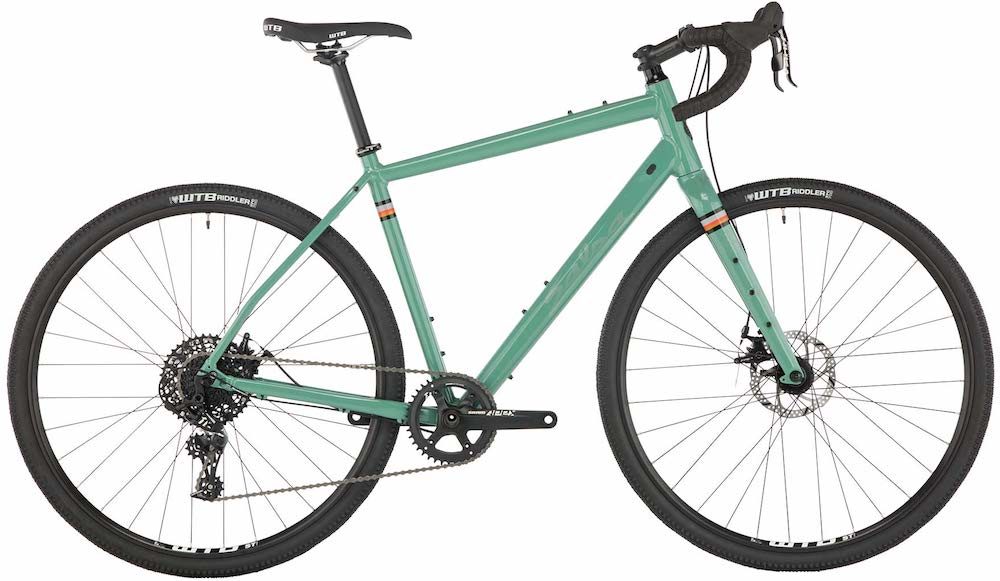
The current trend to remove the front derailleur from touring and adventure bikes results in far narrower gear ranges. Most 1x drivetrains use an 11-42t cassette which offers a big gear that’s 3.8x higher than the lowest gear. Compare this to a 3x drivetrain and you’re looking at a big gear that’s 5.7x higher than the lowest gear.
With a 1x drivetrain you’ll have less of an ability to pedal at high speed (not really a deal breaker), but also sometimes less climbing gears (not ideal if you like cycling in the mountains with a moderate load). I typically recommend using a 2x or 3x drivetrain for anything on sealed roads, but find that 1x is generally more than enough for off-road use provided you forgo the high gear ratios. 1x also works out for those who prefer to travel on flatter routes.
To understand gear ratios for touring bikes in depth, click HERE.
Summary
In 2019, you can choose between steel, aluminium, titanium or carbon touring bikes. You can choose a bike designed around a dropbar, flatbar or my favourite – an alt handlebar. You can go for a lightweight build if you’re packing light, or super heavy-duty build for a ’round the world trip. Most framesets fit rather wide tyres which will provide extra confidence on more surfaces with very little difference in cycling speed.
While the traditional touring bike market is drying up, more specialized touring bikes are taking their place. You can grab an off-road touring bike that will open up more locations to travel, or a light touring bike which will assist with faster cycling speeds.
With more choice than ever before, it has never been a better time to buy a touring bike.



